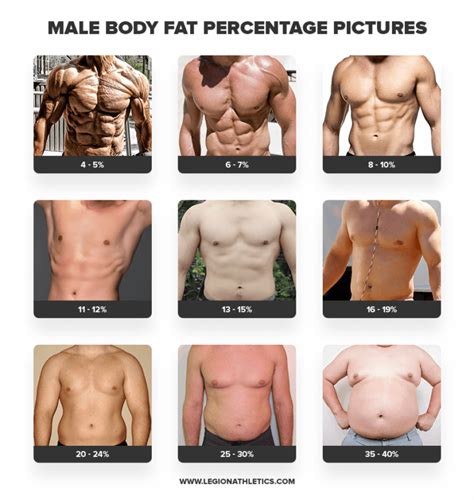How to Measure Body Fat Percentage: A Comprehensive Guide
Knowing your body fat percentage is crucial for understanding your overall health and fitness. It provides a more accurate picture than just looking at the scale, as it distinguishes between muscle mass and fat. This guide explores various methods for measuring body fat percentage, their accuracy, and what the results mean.
Why Measuring Body Fat Percentage Matters
Body fat percentage is a better indicator of health than weight alone. Excess body fat is linked to various health issues, including heart disease, type 2 diabetes, and certain cancers. Conversely, a healthy body fat percentage can improve athletic performance, boost energy levels, and enhance overall well-being. Understanding your body fat percentage helps you set realistic fitness goals and track your progress effectively.
Methods for Measuring Body Fat Percentage
Several methods exist for determining body fat percentage, each with varying degrees of accuracy and accessibility:
1. Skinfold Calipers
This method involves using calipers to measure the thickness of skin folds at specific body sites. A trained professional uses a formula to estimate body fat based on these measurements.
- Accuracy: Moderately accurate, with potential for error depending on the technician's skill and consistency.
- Pros: Relatively inexpensive and portable.
- Cons: Requires trained personnel, and accuracy can vary.
2. Bioelectrical Impedance Analysis (BIA)
BIA devices measure body fat by sending a weak electrical current through the body. Fat and muscle tissue conduct electricity differently, allowing the device to estimate body fat percentage. These devices are available as handheld scales, handheld devices, and even some smart scales.
- Accuracy: Can be affected by hydration levels, recent exercise, and even the time of day. Accuracy is generally considered lower than other methods.
- Pros: Convenient and relatively inexpensive.
- Cons: Susceptible to inaccuracies due to hydration and other factors.
3. DEXA Scan (Dual-Energy X-ray Absorptiometry)
DEXA scans are considered the gold standard for measuring body composition. They use low-dose X-rays to differentiate between bone, muscle, and fat.
- Accuracy: Highly accurate and precise.
- Pros: Most accurate method available.
- Cons: Expensive and not readily available. Usually found in medical settings.
4. Underwater Weighing (Hydrostatic Weighing)
This method involves submerging the individual underwater to measure their body volume. The difference between body weight on land and underwater is used to calculate body density, and therefore body fat percentage.
- Accuracy: Very accurate, but less accessible than other methods.
- Pros: Highly accurate and considered a gold standard.
- Cons: Requires specialized equipment and trained personnel.
5. Air Displacement Plethysmography (Bod Pod)
The Bod Pod uses air displacement to measure body volume, similar to underwater weighing. It's a more comfortable alternative to underwater weighing.
- Accuracy: Very accurate, comparable to hydrostatic weighing.
- Pros: More comfortable than underwater weighing, highly accurate.
- Cons: Expensive and not widely available.
Interpreting Your Body Fat Percentage
Interpreting your body fat percentage requires understanding the ranges associated with different health levels. These ranges can vary slightly depending on the source, but generally:
- Essential Fat: The minimum amount of fat needed for basic bodily functions.
- Athletes: Typically have lower body fat percentages than the general population.
- Healthy Range: Generally considered to be within a specific range, which varies depending on age and sex.
- Overweight/Obese: Indicates excess body fat, increasing the risk of health problems.
It's crucial to consult with a healthcare professional or registered dietitian to interpret your body fat percentage and discuss appropriate health and fitness goals. They can help you determine a healthy body fat range for your individual circumstances and guide you towards achieving it safely and effectively.
Choosing the Right Method for You
The best method for measuring your body fat percentage depends on your budget, access to resources, and desired level of accuracy. While DEXA scans offer the highest accuracy, BIA devices are more accessible and affordable. Skinfold calipers can be a good compromise if you have access to a trained professional.
Remember that consistency is key. Regardless of the method you choose, it's important to measure your body fat percentage regularly to track your progress and make adjustments to your diet and exercise routine as needed. This consistent tracking is key to success in managing your body composition.
